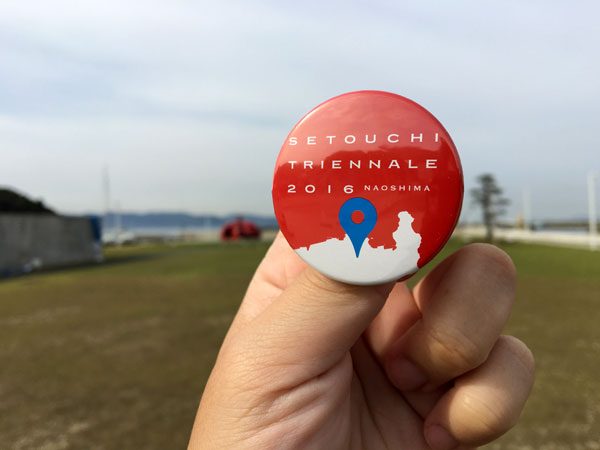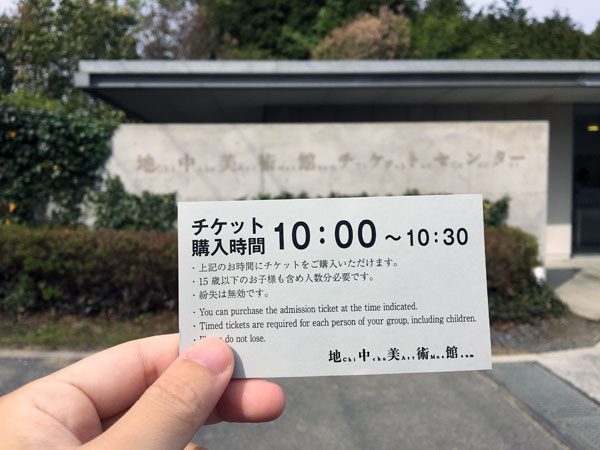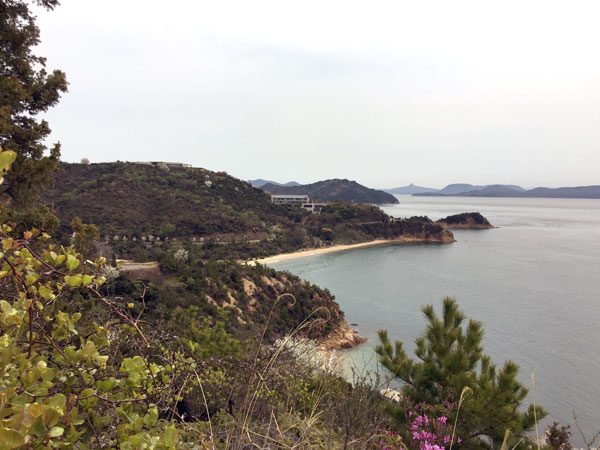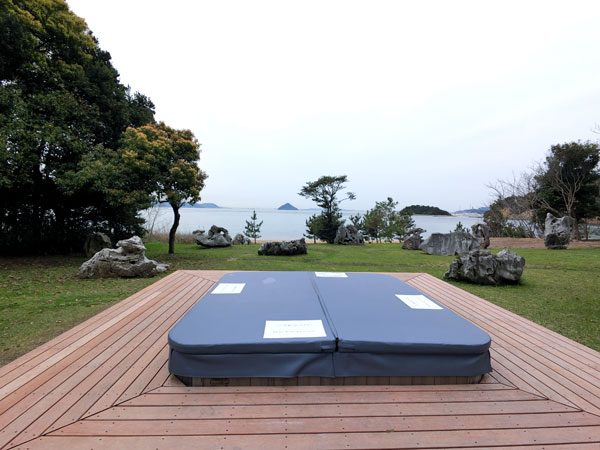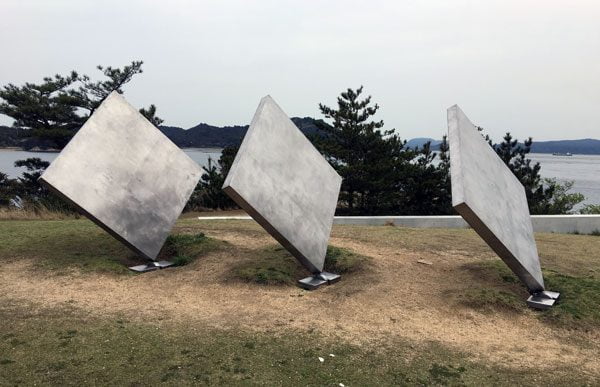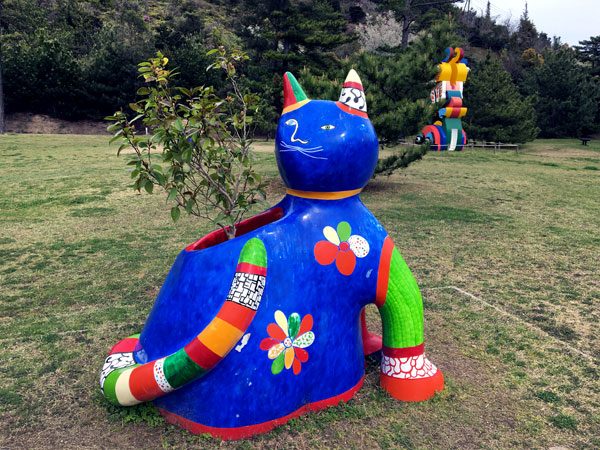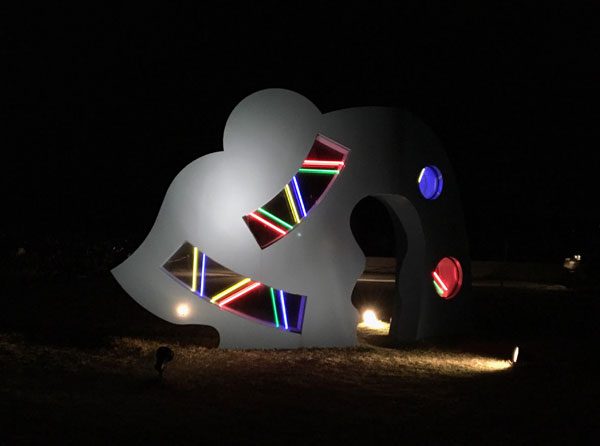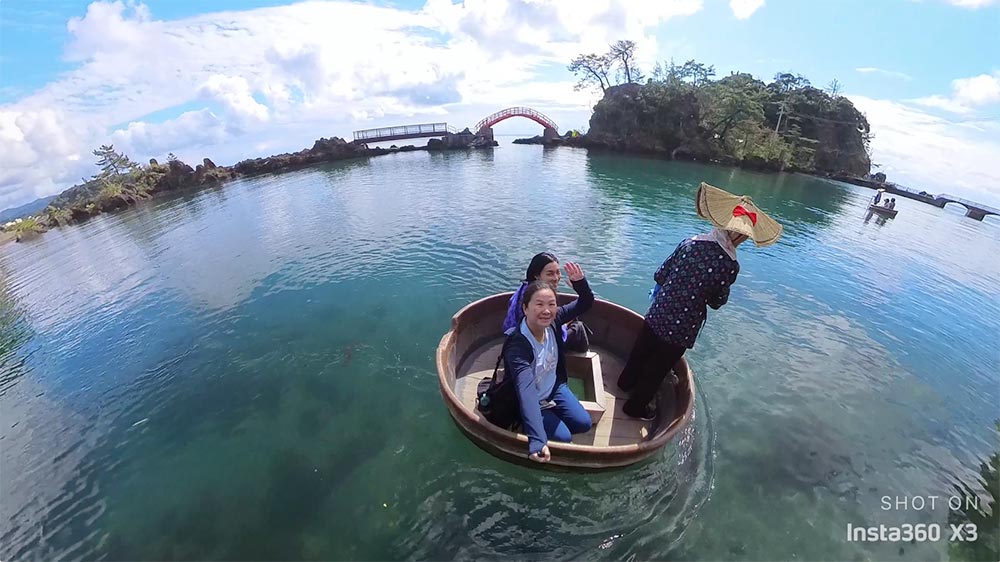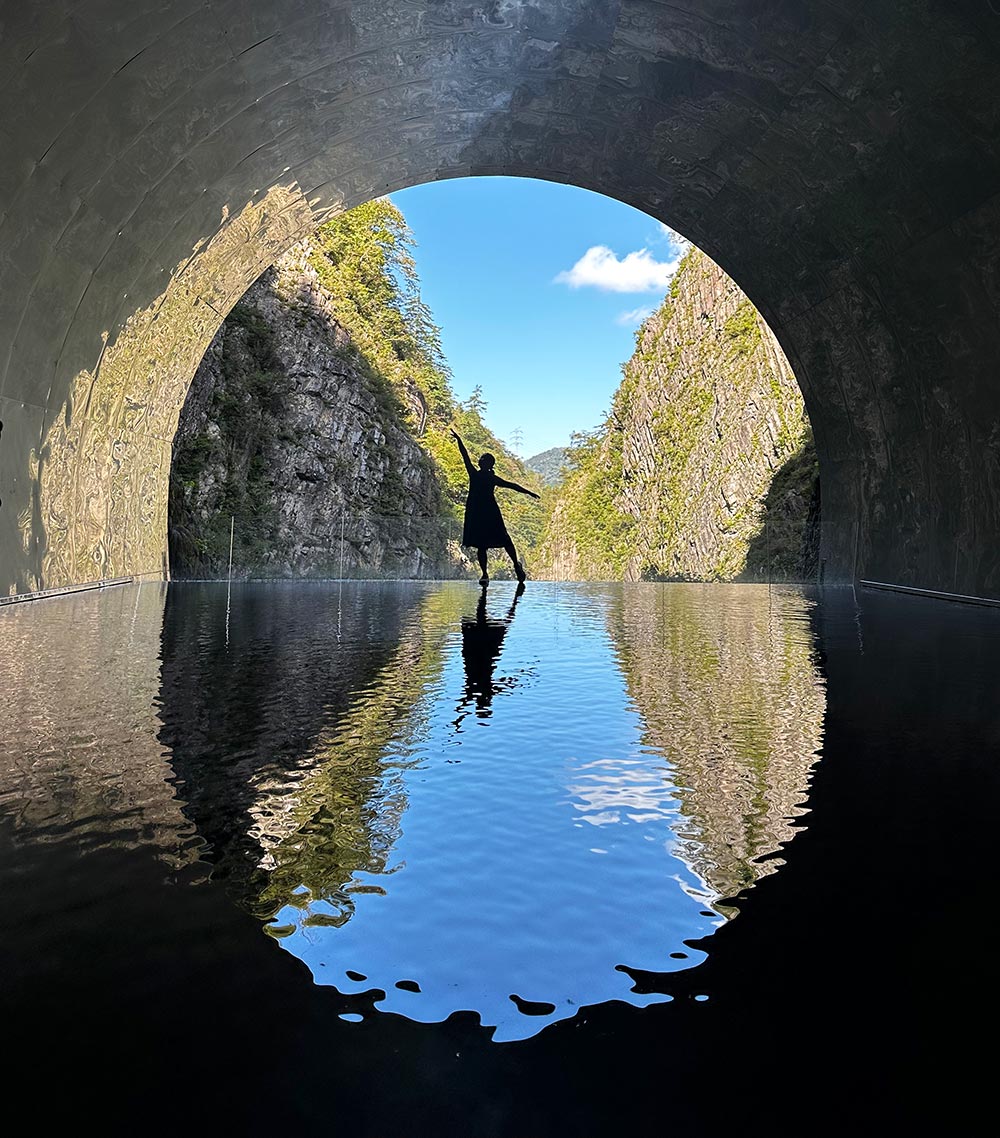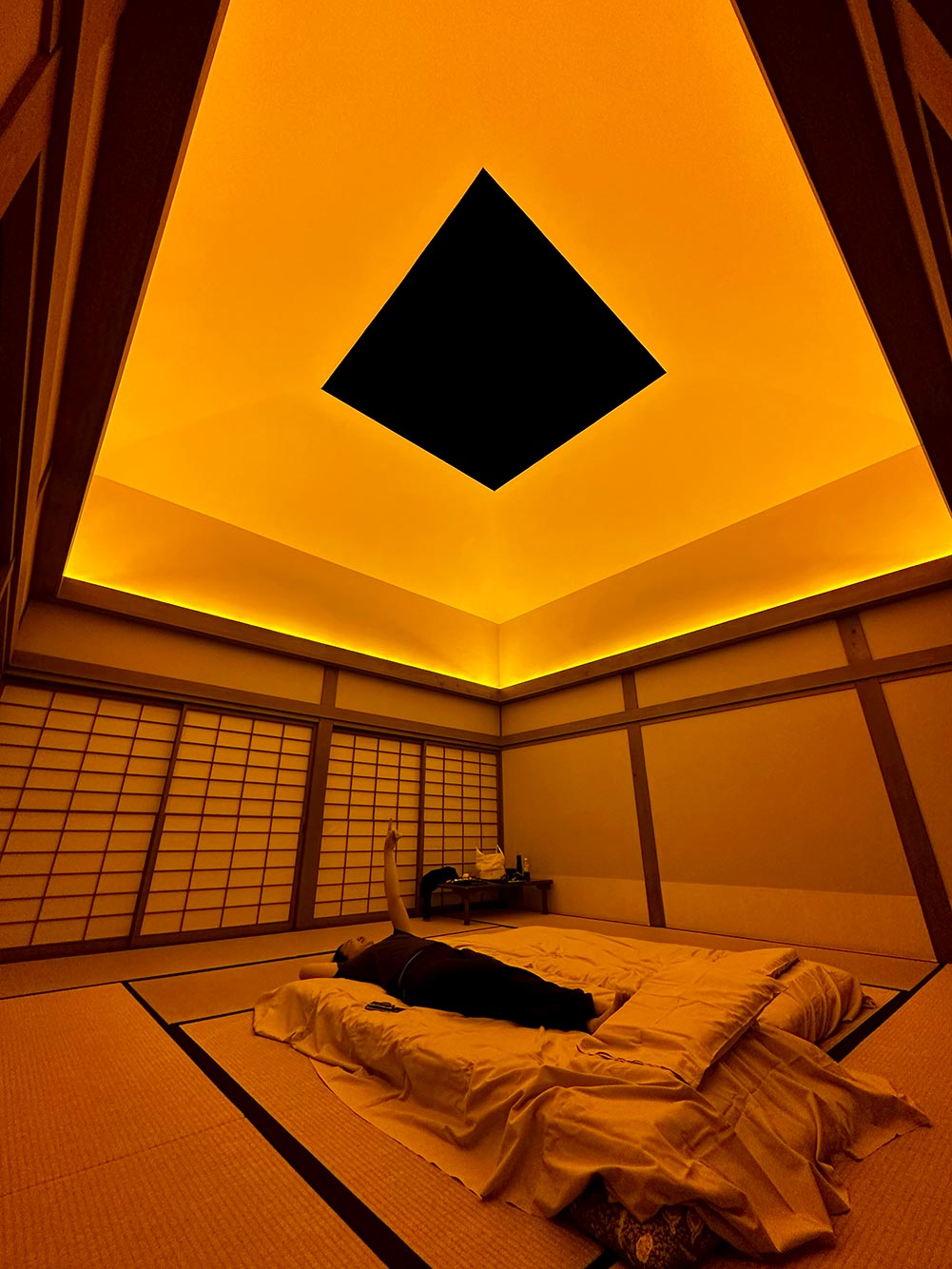Naoshima 直島町 is a popular day trip option for visitors to Japan‘s Seto Inland Sea area, a little island filled with art and famous works from globally renowned Japanese names like Tadao Ando and Yayoi Kusama. I visited during the Setouchi Triennale art festival but the artworks can be seen anytime of year. If you only have 1 day in Naoshima, here’s a guide to see all the Naoshima art as easily as possible.
Is 1 day enough to explore Naoshima?
I personally find that while you can see all the Naoshima art in one day, it doesn’t give you the opportunity to thoroughly enjoy all the art properly as you may have to navigate crowds and transport timings. I would recommend spending at least one night on Naoshima if you prefer not to rush through viewing the artwork.
Naoshima is a participating island in the Setouchi Triennale, an arts festival that happens every 3 years, so you will get even more artworks on display during these periods. But as most of Naoshima’s art is run by private entities, you can still see most of it even outside of the Triennale period if you rather avoid this peak season. I visited Naoshima during the Setouchi Triennale in 2016.
About Naoshima
Naoshima’s art is concentrated in three main areas:
Miyanoura [WEST] is the port area on the western end and where you are most likely to take your ferry from. There are a handful of outdoor artworks and small galleries here including Miyanoura Gallery 6 and Naoshima Bath
Honmura [EAST] is a small town on the eastern end of the island. This town is home to the Art House Project and ANDO MUSEUM, some small shrines, as well as the Naoshima community centre and town office
Benesse House [SOUTH] is on the southern end of the island and where several buildings by famous architect Tadao Ando can be found. The Chichu Art Museum, Lee Ufan Museum and Benesse House Museum/hotel are perched on the cliff side here, with some outdoor works including the famous yellow Yayoi Kusama pumpkin on the beachfront.
Getting around Naoshima
Bus
Naoshima has some public buses that run the route from Miyanoura Port to Honmura (stop at Nokyo Mae) and the Benesse House area (stop at Tsutsuji) all for ¥100 regardless of distance and time. To get to the museums in the Benesse House area, you can either walk or take the free shuttle bus provided from Tsutsuji.
There are additional buses that run during the Setouchi Triennale periods in certain weeks in Spring, Summer and Autumn, and sometimes there are special buses that either stop only at these three stops, or send you directly to the Chichu Museum. Keep your ears peeled when at the Miyanoura bus terminal for any announcements of special buses.
Cycle
Alternatively, you can cycle as the roads are relatively flat with only the occasional gentle slope. This way, you have more flexible timing and you can beat the crowds that get off in droves from the shuttle buses and ferries.
Walk
For those who prefer the power of their own two feet, walking is also possible – Honmura is about 30-40mins walk from Miyanoura while Benesse House is another 30-40mins walk from Honmura. Not the most efficient way to get around, but quite doable.
There is apparently one (just one) taxi on the entire Naoshima island.
Naoshima Art Guide
Here’s my recommended route for you to see Naoshima in the most efficient way.
Honmura
Start your art tour in the Honmura district where the Art House Project is. Most daytrippers make a beeline for the Chichu Art Museum once they get off the boat as it requires a timed ticket for entry. However I have heard that the museum is much less crowded in the afternoons since people dash for it in the morning, so it may make for a better visiting experience.
Also, you have a bit more time as the Art House Project closes at 430pm while the museums close at 6pm. Get your ticket from the Honmura Lounge & Archive just behind the bus stop. This place was once a supermarket, but now is the information area, souvenir shop and archive for the Art House Project.
Minamidera
Make your first stop Minamidera. Minamidera is a house refurbished by Japanese architect Tadao Ando, and home to a permanent experiential artwork by James Turrell called “Backside of the Moon” that only allows a small group of people in every 15 minutes, so get a queue number first if you can as the waiting time can get long during peak hours.
I really enjoyed Minamidera as I had never seen James Turrell’s work before, so the experience was very fresh for me. I won’t spoil the experience for those who plan to go there, but his use of light and dark is quite illuminating (pun intended).
I actually got a chance to spend a night in a James Turrell artwork at Echigo-Tsumari Art Triennale in Tokamachi, Niigata! Read more about my House of Light experience.
Opening Hours: 10am – 4.30pm (Go’o shrine main/front area always open), closed on Monday
Cost: Multi-site ticket for ¥1,030, ¥410 per individual site – if you plan to see at least three sites, better to get the multi-site ticket
Ando Museum
Right after you are done with Minamidera, get more of Ando by heading down the road to the ANDO MUSEUM (ticket price ¥510) less than 100m away. Despite being a museum, it is set in a 100 year old traditional house and blends in quite well with the neighborhood save for the sleek museum signage outside the doorway. It is not very big, but there is a timeline of Ando’s work in Naoshima and Japan, including some scale models, and do take the line to observe the architecture as well. I talk a little more about the museum in my JapanTravel article here.
Opening Hours: 10am – 4.30pm (last entry 4pm), closed on Monday
Cost: ¥510
Other Art House Projects
After that, you can take your pick as to how you want to explore the other five Art House works. They are all located around the Honmura area and it’s a short walk between houses. Here is a brief overview of each work so you can plan your route:
- Kadoya by Miyajima Tatsuo is the closest work to Minamidera and the Ando Museum. It has a rather interesting pool within the house filled with LED lights and a traditional window with a digital display. This building was the first of the project and is over 200 years old!
- Go’o Shrine by Hiroshi Sugimoto looks like a normal shrine from far until you notice the odd glass like stairway in front of the shrine. Apparently there is an underground chamber which you can access from a side entrance which I sadly missed because I did not know about it.
- Ishibashi holds artworks by Hiroshi Senju. I had seen his famous waterfalls works in galleries in the past, but which the old traditional house setting definitely enhanced the feeling you get from looking at the artwork
- Gokaisho has artwork by Suda Yoshihiro and is basically made up of two small rooms overlooking a courtyard. Looks deceptively normal, but the artworks are not made of what they seem unless you look closely.
- Haisha by Otake Shinro is housed in a two storey house that once belonged to a dentist which is a riot of colour and ideas. A rather eclectic work – the artist Otake Shinro is also responsible for the bathhouse in Miyanoura.
Note that there is also a seventh Art House Project work called Kinza by Rei Naito that is not covered under this ticket. Only one person is allowed into the house at any time, so advanced bookings need to be made – enquire at the Lounge for more details. When I was there in April 2016, the work was under maintenance so sadly I could not see this.
Naoshima Hall
As you walk, keep a lookout for Naoshima Hall. Built by Hiroshi Sambuichi, it has a modern and unique architecture for what functions as a common space for Naoshima’s residents – its halls are apparently very popular for badminton players. It took over two years to build this as much research was carried out to ensure the building conformed and made use of local weather conditions.

How long you spend here really depends on what type of arts lover you are and how long you dwell at each work. I finished all the houses and the ANDO MUSEUM in about 3+ hours – just managed to catch my last house before closing time at 430pm. If you start promptly at 10am, estimate to be done at about 1-2pm
Chichu Art Museum
Take the bus from Honmura to Tsutsuji, and from there transfer to the free shuttle and stop at Chichu Art Museum. You’ll be dropped off at the ticket centre where you will queue to receive a timing to purchase your ticket. Depending how much time you have, you could just wait around, or possibly check out the Lee Ufan Museum first if you have a lot of time to kill.
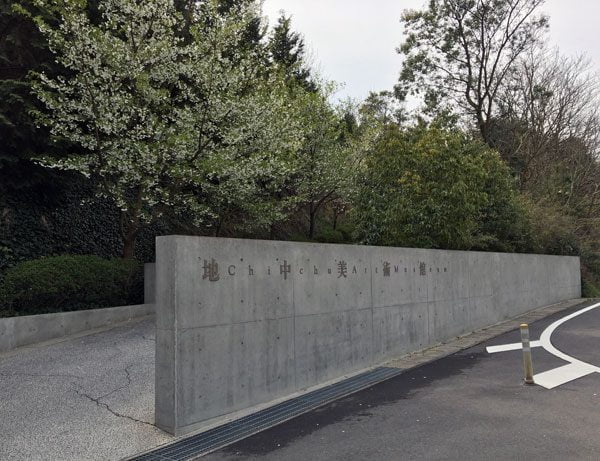
There were two Setouchi Triennale works a short distance down the hill, so I spent my time looking at those before heading back up to queue again for my ticket to enter the museum.

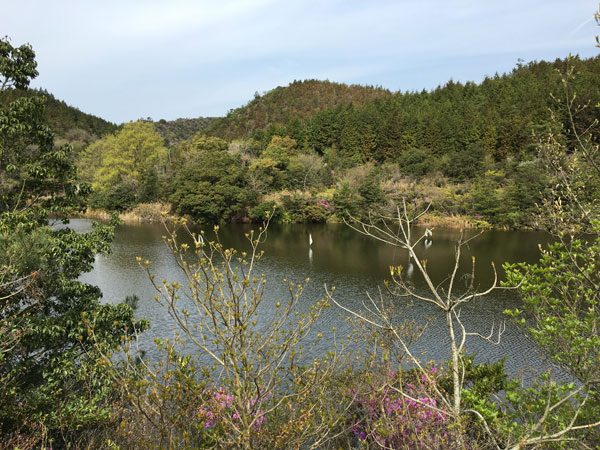
After you buy your ticket, it is a short walk to the entrance of the museum nearby. The museum is built into the hillside so it is quite well hidden – you might not have noticed it on your way in. Inside the museum, there are three permanent exhibitions to check out. You may need to queue to enter the individual galleries as numbers are restricted to allow for an optimal viewing experience. Queues do move quite quickly though, and if you really like what you are seeing, you can return to the room as many times as you want.
- James Turrell – if you followed this guide, you would have seen his work at Minamidera, and this has similar themes though the experience is different. My advice – remember not to go too close to the walls or a rather embarrassing alarm will sound (true story)
- Claude Monet – Monet fans will enjoy five carefully selected works from his Water Lily series. What is astounding about the room is how it is lit by natural light despite being underground
- Walter de Maria – Various geometric sculptures are placed in a room with stairs and tiers – a large sphere dominates the center while smaller pieces cover the walls. The geometric shapes in this room are also lit naturally, which means the piece looks different depending on the time of day and even the weather.
If you need a bite, the Chichu cafe serves food and drinks for a snack. If the weather is nice, head outside for a great view of the sea while enjoying your snack – there are some tables and chairs if you take the stairs down the cliff a short way, and it is also less crowded than the cafe itself.
Opening Hours: 10am – 6pm (last entry 5pm, 1 Mar – 30 Sep), 10am – 5pm (last entry 4pm, 1 Oct – 28/29 Feb), closed on Monday
Cost: ¥2,060 (¥1,000 with Setouchi Triennale Passport)
Lee Ufan Museum and Benesse House
Lee Ufan Museum
After Chichu Art Museum I suggest walking over to the Lee Ufan Museum, which is a down-slope stroll just 5-10mins away. You can take the shuttle bus, but I don’t think it’s necessary. Yet another Ando architectural structure, the Lee Ufan Museum is a small building that also has a large outdoor area with a bit of a sea view that you can stroll around in.
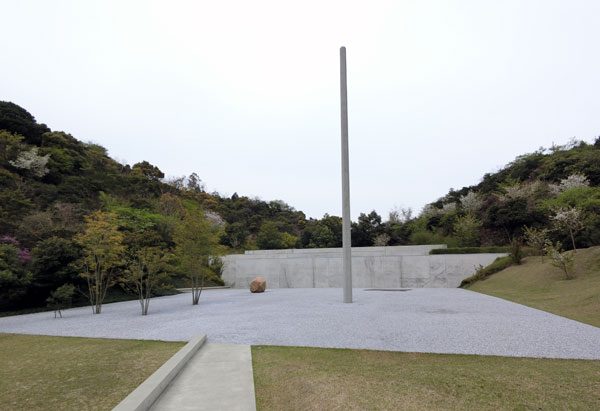
Korean artist Lee Ufan’s aesthetic is quite zen and minimalist, a good fit with the simple stark lines of Ando’s architecture. The museum is quite small overall but the works are contemplative. Depending whether you like this sort of thing, you could spend hours here or finish it quite quickly.
Opening Hours: 10am – 6pm (last entry 5.30pm, 1 Mar – 30 Sep), 10am – 5pm (last entry 4.30pm, 1 Oct – 28/29 Feb), closed on Monday
Cost: ¥1,030
Benesse House
From Lee Ufan Museum, again you have the option to take the shuttle bus or walk to Benesse House. This may be a little more tiring as there is an upslope climb, but the views of the surrounding sea area are quite worth the climb. By walking, you can also have a closer look at Cai Guo Qiang’s Cultural Melting Bath: Project for Naoshima along the way.
The Benesse House Museum is on the top of the hill and is the first building that Ando built on Naoshima back in 1992. It holds many different contemporary artworks in its midst – take your time to wander around the three floors, both indoors and outdoors. It is also quite an upscale hotel – staying as a guest in the hotel gives you access to all the works after hours, as well as some works that other museum visitors do not get to see. It also costs at least US$500 per night so congratulations if you manage to score a night here.
Opening Hours: 8am – 9pm (last entry 8pm)
Cost: ¥1,030
Benesse House Park
When you are done, wander down the slope to the Benesse House Park to view the rest of the outdoor artworks as you make your way to the bus stop at Tsutsuji. There is quite a lot to see, so take your time wandering the grounds.
The most popular work belongs to Yayoi Kusama and her iconic yellow pumpkin at the end of the pier, but there are lots of other works, of which I’m only showing a smattering below:

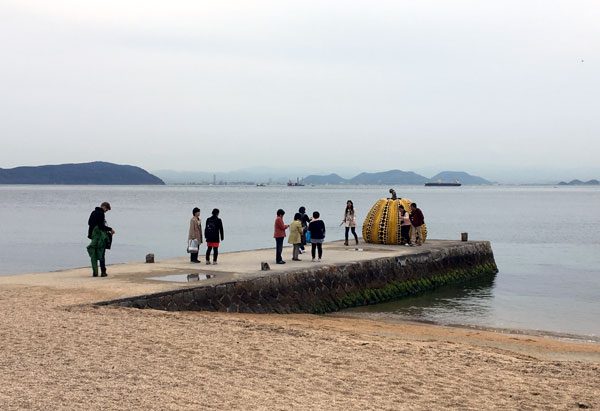

Miyanoura
Miyanoura Gallery 6
Take the bus from Tsutsuji back to Miyanoura Port. If you have some time to spare and are here during the Setouchi Triennale period, pop into the Miyanoura town area and look for Miyanoura Gallery 6.

This former pachinko parlour is now a contemporary art gallery with rotating exhibitions. When I was there in Spring 2016, the exhibition was a rather intriguing one called 100 Living Tales by Yuki Iiyama and features a lot of anecdotal stories by Naoshima and other island residents about the strange things they have encountered on the islands. Quite an intriguing topic indeed!
Opening Hours: 2pm – 8pm (only open during the Setouchi Triennale period)
Cost: ¥510
Naoshima Bath
And cap off a long day of art viewing with a bath in Naoshima Bath which takes its last guest at 8.30pm. This bathhouse functions like any other onsen in Japan, just that its exterior and interior are much more eclectic thanks to the art by Otake Shinro. The bath area itself is quite small, but you can entertain yourself by looking at the tile work or the odd mannequins installed near the ceiling.

Opening Hours: 2pm – 9pm (weekday, last entry 8.30pm), 10am – 9pm (weekend, last entry 8.30pm), closed on Monday
Cost: ¥510 (no discount with Setouchi Triennale Passport)
Miyanoura Port
There are some sculptures located around the Miyanoura port area as well – you can check those out while waiting for your ferry or the shuttle bus.
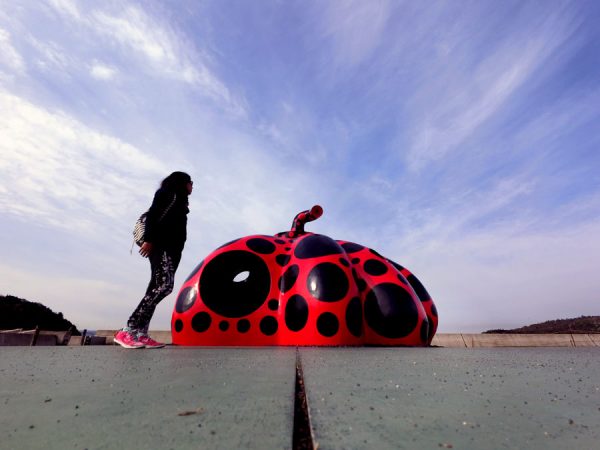
See this timelapse I took with the Casio Exilim FR100 of the visitors to the Red Pumpkin!
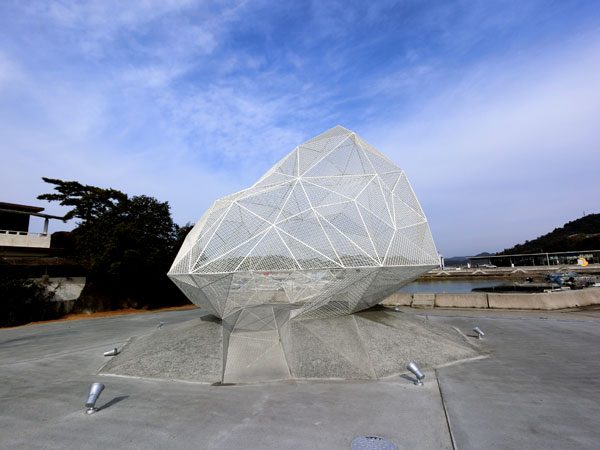
Should I get a Setouchi Triennale Passport?
I’ve compiled a list of admission prices to help you budget detailed below.
If you are visiting during the Setouchi Triennale periods, consider getting the 3-season passport which costs ¥5,000 and you can visit all the works listed here one time under this passport with some exceptions.
- Art House Project: Multi-site ticket for ¥1,030, ¥410 per individual site – if you plan to see at least three sites, better to get the multi-site ticket
- ANDO MUSEUM: ¥510
- Chichu Art Museum: ¥2,060 (¥1,000 with Setouchi Triennale Passport)
- Lee Ufan Museum: ¥1,030
- Benesse House Museum: ¥1,030
- Miyanoura Gallery 6: ¥510
- Naoshima Bath: ¥510 (no discount with Setouchi Triennale Passport)
The total cost for this itinerary works out to:
- Without Setouchi Triennale passport: ¥6,680
- With Setouchi Triennale passport: ¥6,510
Keep in mind that the Setouchi Triennale passport will also let you view works for free on other participating islands, and enjoy a discounted price on Teshima Art Museum as well. If you plan to just see some works on Naoshima, then it might be more worthwhile to just pay the entrance fees as you go along, but for those who plan to see everything or include works on another island, the passport looks like a better option.
Things to note
Avoid visiting Naoshima on Mondays as practically everything is shut then.
Wear comfortable shoes and socks for walking in, but also make sure they are easy to slip on and off as you will have to remove your shoes to enter some of the houses and museum galleries.
If you plan to take public transport, make sure you keep an eye on bus timings. They try to coincide the bus and ferry timings accordingly, so daytrippers do take note so you do not miss your last ferry.
Useful resources
- Benesse Art Site Naoshima website
- Setouchi Triennale website
- Setouchi Explorer – this guy was at the 2013 festival as well and has some pretty good views on the festival
I covered the Setouchi Triennale 2016 during the spring season as a reporter for JapanTravel.com. I wish I had more pictures of the art for you, but they were pretty strict about not taking photos in many of the art spots.
Want to see more of my travels in Japan? Check out these posts or see all my Japan posts.

